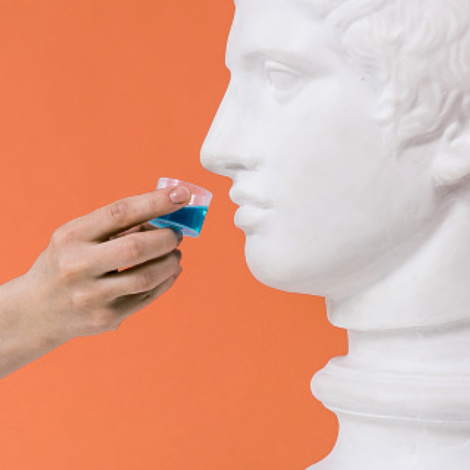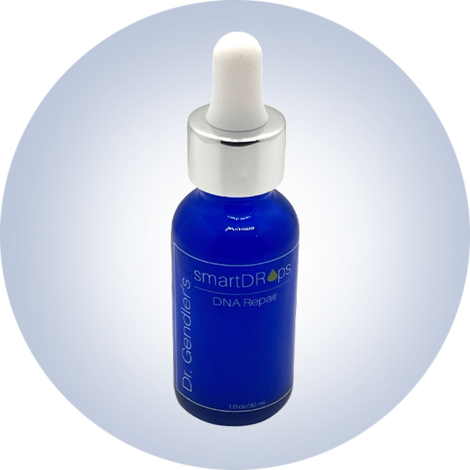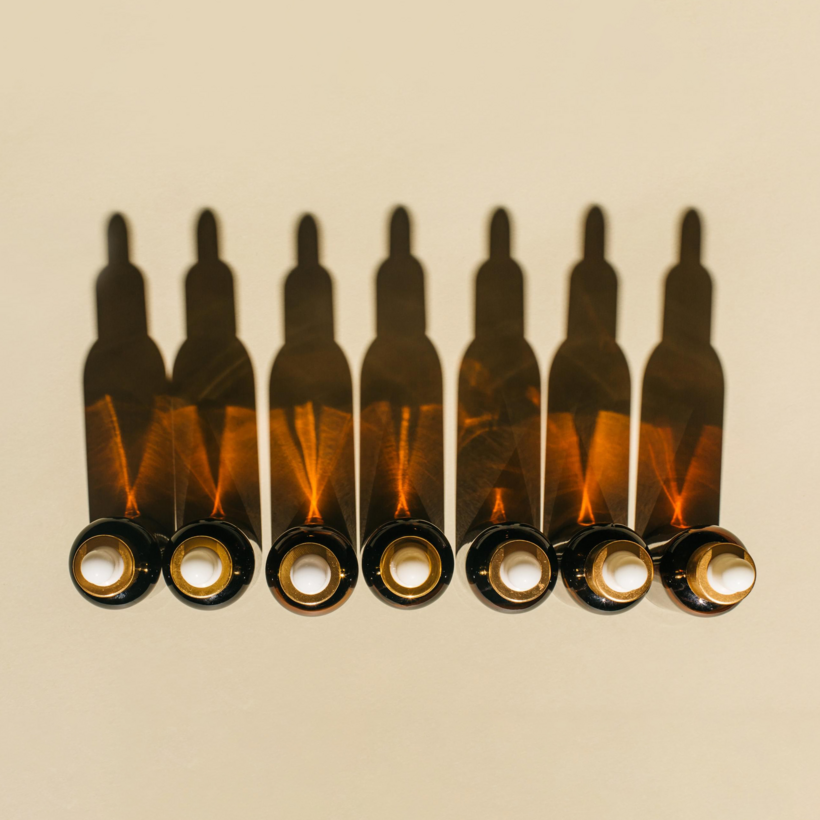There are enough peptides in Sephora’s skin- and hair-care aisles to fill a small ocean. Or at least an Olympic-size pool. The products boast of their ability to stimulate collagen and elastin and reduce inflammation, fine lines, split ends, and the general damage that’s a side effect of living in an imperfect world. Are peptides all they’re cracked up to be? Our cosmetic chemist puts them under the microscope.
In general, I don’t care for peptides as a class of compounds because, like collagen, most are too big to be absorbed.
There are dozens of peptides that might have a few studies each about how they can reduce wrinkles by encouraging collagen and elastin production or how they can reduce hyper-pigmentation by minimizing inflammation.
The question is: How is the peptide being absorbed by the skin to actually do those things? Most peptides are really big. And that’s not to say that you can’t get a really big molecule to be absorbed by the skin, but you have to have a really specific penetration system, or penetration enhancers such as dimethyl isosorbide and ethoxydiglycol, which are frequently used in some of the vitamin-C serums like SkinCeuticals to help get the vitamin C deeper into the skin. Most of the bigger-molecule peptide products I’ve seen in the market don’t use them. The ones I have promoted contain peptide molecules that are small enough to be absorbed, and I actually had to go through the clinicals with the brands to ensure that.
I turned down a deal involving a product that had 12 peptides, but none of them were lower than 500 daltons, which is the usual rule of thumb for absorption. If a peptide is lower than 500 daltons, it can usually be absorbed.
Even in spite of that, though, I will say peptides are really good for hydrating the skin in general. They are humectants, and you don’t need a humectant to be absorbed for it to hydrate. Take hyaluronic acid. Most forms are too big to be absorbed, but they help pull water to your skin from the atmosphere. Peptides are good for that immediate plumping effect. But many brands are claiming some very bold things, from reversing the signs of aging to reducing erythema or inflammation.
You can pretty much make the claim that any moisturizer is going to be anti-aging and reduce fine lines. Most of the anti-aging benefits from peptides come from the immediate plumping effect and not necessarily from long-term effects.
In most clinical tests, the before picture isn’t a normal before, where you’re going through your regular skin-care routine. The person in the before picture has to have their skin dehydrated by not using any moisturizer or anything besides a basic sulfate cleanser for several weeks leading up to taking the picture. This is just a baseline for any brand; it’s the standard. Applying anything that actually hydrates the skin is going to reduce those fine lines for the after picture. Those fine lines aren’t necessarily caused by aging; they’re just caused by your skin being dehydrated. Any intense moisturizer can plump that up.
A lot of brands are just hoping people associate peptides with anti-aging, anti-inflammation, and anti-acne benefits. But the peptides and the products themselves may not necessarily provide them.
In hair care, you have K18, which says it uses a patented K18 peptide. At first I was anti-K18, but when I went through their patents and their clinicals, I saw how they were able to show that it actually passes through the cuticle and cortex of the hair to reconnect broken bonds. That took years of research to achieve.
At this point, “peptide” is more of a buzzword unless the brand is able to prove what it’s actually doing.
Javon Ford is a Los Angeles–based cosmetic chemist. He posts highly informative lessons, reviews, and myth-busting content on TikTok and Instagram @javonford16





